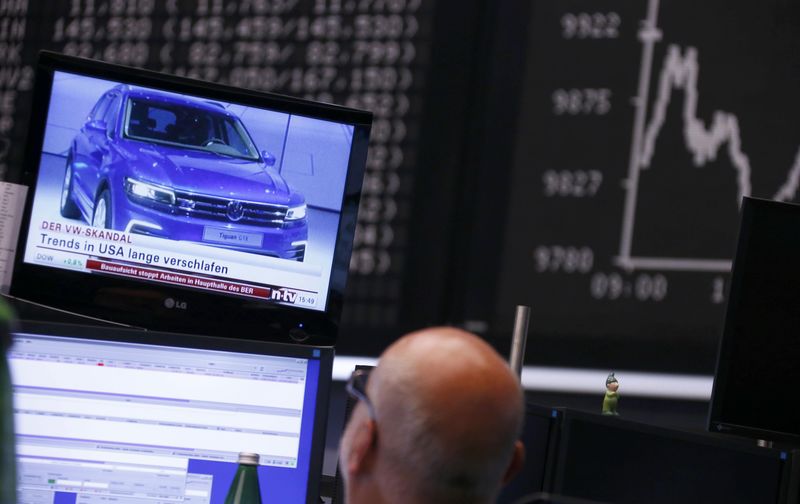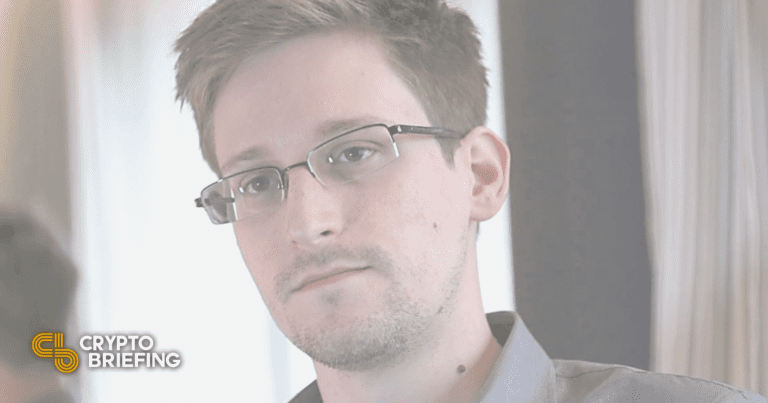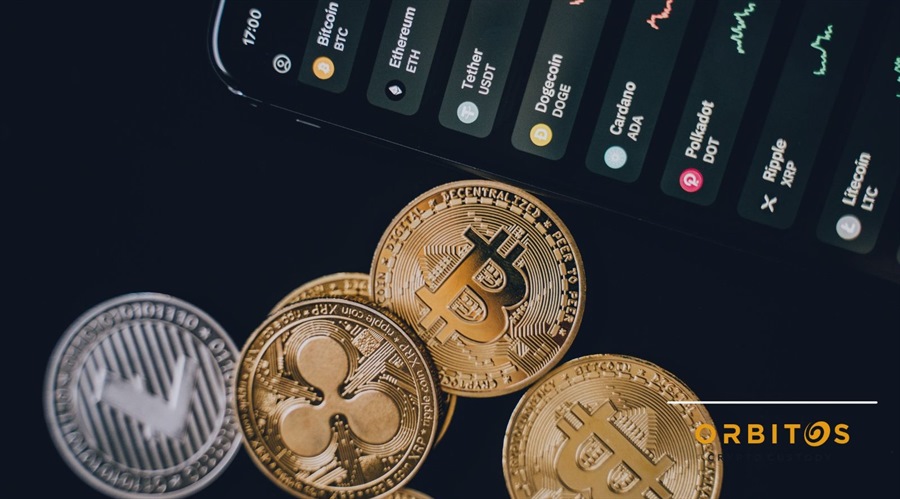Receive free US economy updates
We’ll send you a myFT Daily Digest email rounding up the latest US economy news every morning.
This article is an on-site version of our Unhedged newsletter. Sign up here to get the newsletter sent straight to your inbox every weekday
Good morning. Ethan here; Rob returns next week. Jennifer Hughes’ letter yesterday, called “You don’t remember rising rates”, was met with mail from several distinguished readers who said they did, in fact, remember. For the rest of us living through it only now, the Federal Reserve has taken interest rates to a two-decade high. More on that below. Email me: [email protected].
The Fed
Yesterday’s well-telegraphed 25 basis point rate increase came with little new information from Fed chair Jay Powell. The pre-presser statement contained just one notable change: the description of growth was bumped up from “modest” to “moderate”. The market reaction was unsurprisingly boring. The policy-sensitive two-year yield dipped, barely. The S&P 500 rose at first, but by the end of the trading day had round-tripped.
Powell’s message was unmistakable, if familiar. The Fed is principally worried about lowering inflation, and will accept collateral damage to employment if need be. It wants to see repeated declines in the inflation data that make clear the underlying rate is converging to 2 per cent. Though it has moved towards balance lately, the labour market remains in disequilibrium, with demand outstripping supply. That, the Fed thinks, will keep non-housing core services inflation hot.
Pressed on the future path of rates, Powell demurred, saying only that all things are possible. The data-dependent Fed will make “finely judged” calls on a “meeting by meeting” basis, meaning it’ll tell you when it knows — no promises, no secrets. He also shrugged off a recent loosening in financial conditions, insisting markets tend to get in line eventually.
More interesting was how Powell responded to questions about the cooler June consumer price index, which, alongside stronger growth data, has shifted perceptions about the likelihood of a soft landing from a near-impossibility to a toss-up. One might think a data-dependent Fed would react well to such encouraging data. But Powell said that although the report was “welcomed”, it was “only one report, one month’s data”.
This is surprising, because it is not only one month’s data. As BlackRock’s Rick Rieder notes, once you exclude shelter and used cars, inflation has fallen remarkably far. This is also true of the Fed’s much-feared non-housing services inflation, which is nearing or at pre-pandemic rates:
No doubt Powell knows this. His caution points to the central bank’s incentives. Failing to contain inflation in the same cycle as the Fed’s mistaken call that inflation was transitory would be devastating; a mild recession, not so much. So even though inflation is posting encouraging signs without a sharp growth drop-off, too much is out of balance to stop now. Here’s Powell:
The overall resilience of the economy, the fact that we’ve been able to achieve disinflation so far without any meaningful negative impact on the labour market [is] a good thing . . . At the margins, stronger growth could lead over time to higher inflation and that would require an appropriate response for monetary policy . . .
What we see are those pieces of the [disinflationary] puzzle coming together and we’re seeing evidence of those things now. But I would say what our eyes are telling us is policy has not been restrictive enough for long enough to have its full desired effects . . . We think the process still probably has a long way to go.
Powell nods above to the possibility that sturdy growth reignites inflation. There is another risk here, too. Falling inflation, by raising consumers’ purchasing power, could sustain spending, which in turn would keep companies hiring and the labour market tight. This risk hinges on what share of current inflation stems from elevated demand, which is not obvious.
Is the Fed done raising rates? Futures market pricing shows better-than-even odds that it is finished, and many in the finance commentariat take a similar view. Their argument is premised on continued cooling trends in core inflation and the labour market. Here’s Paul Ashworth of Capital Economics:
We suspect that further signs of a significant easing in the monthly core CPI numbers for July and August will ultimately persuade the Fed to hold fire for the remainder of this year particularly if, as we expect, employment gains continue to trend lower too.
This makes sense, assuming the data co-operates. But consider the counterargument. Economic data have been volatile this cycle. So suppose they come in mixed across July and August. Short of data that screams rapid disinflation, the Fed’s demonstrated inclination is to err on the side of nudging rates higher. Ed Al-Hussainy, our regular correspondent, expects one more 25bp rate increase, framing the move like this: “Will another hike be material to the inflation outlook? No. I think of this more as the Fed following through on the monetary policy guidance embedded in [its June economic projections].”
Don’t rule out another rate increase at the next meeting. If the data is not decisive, the Fed’s incentive is to push higher.
One good read
Monday’s letter asked if leveraged loans are securities. Over at Alphaville, a proper legal expert weighs in.
FT Unhedged podcast

Can’t get enough of Unhedged? Listen to our new podcast, hosted by Ethan Wu and Katie Martin, for a 15-minute dive into the latest markets news and financial headlines, twice a week. Catch up on past editions of the newsletter here.
Recommended newsletters for you
Swamp Notes — Expert insight on the intersection of money and power in US politics. Sign up here
The Lex Newsletter — Lex is the FT’s incisive daily column on investment. Sign up for our newsletter on local and global trends from expert writers in four great financial centres. Sign up here
















